Last week we examined evidence of early Jamaicans in Kitson Town and its environs. Today we look at slavery’s legacy.
After my first sojourn into Kitson Town (as described in Part I) I was fortunate to be invited by members of the Kitson Town Community Development Committee (CDC) on a community tour of heritage sites that they undertook in order to educate community members of the rich history present in their community.
SLAVERY’S LEGACY
According to Olive Senior’s Encyclopedia of Jamaican Heritage, no slavery occurred in the western hemisphere before the arrival of the Europeans. The Portuguese were the first Europeans to start the slave trade, and so the first Africans that arrived in Jamaica were West Africans that the Spanish carried from the Iberian Peninsula. In the 1570 census of the Spanish Caribbean – 76 years after the arrival to Jamaica of the Spanish – there was a population of 56,000 Africans and enslaved descendants. After the British captured Jamaica in 1655, the African population increased rapidly due to the slave trade.
They arrived mainly from the Gold Coast and the Slave Coast (in Ghana and Nigeria respectively) to work in the sugar plantations. Slavery continued in the British West Indies until the full emancipation of slaves in 1838. Hundreds of thousands of slaves arrived, and as Olive Senior states “deaths consistently outstripped births, and infant mortality soared” during slavery.
In Kitson Town, there are many remnants of slavery in this location. A grave on the grounds of the Red Hills Methodist Church contains the remains of an individual that was born during slavery in 1824. At The Hub Gallery, a set of shackles worn by the slaves is on display. Mr Napier, artisan and proprietor of the gallery says that they are not uncommon throughout the community.
Present in Kitson Town are what are described as two Great Houses, both of which are occupied. When I asked if they were going to be a part of the proposed heritage trail, I was told that the occupants did not wish to participate at this time. One of these great houses was reputed to be a former Court House.
An interesting site is across the road from the former Court House. This is the Haunted Pond, where it is said that slaves are buried. A lady described how, as a child, she had nightmares about the place, and when it flooded the road, no one dared cross it. Although it was currently dry due to the ongoing drought, it still emitted an eerie vibe.
We were also able to visit structures located on the former sugar estate that owe their existence to slave labour. These are an aqueduct, a water wheel, and a sugar house.
The aqueduct was overgrown and in ruin and the water wheel had a tree growing around it. One of the tour organisers said that is probably what kept it from being stolen by scrap metal merchants. Within the sugar house itself, many of the archways were infilled with concrete blocks, with the original material no longer there.
PUTTING UP RESISTANCE
Although slavery dominated Jamaica’s history from the 16th century to 1838, the enslaved Africans put up resistance in the forms of Maroon Wars and island-wide revolts. In the nearby community of Top Mountain, there is a fascinating legacy of Maroon activity at Arch Cave.
Arch Cave is connected to the First Maroon wars in that the great Maroon fighter Cudjoe was reputed to use it to travel underground. According to the National Library of Jamaica, the First Maroon Wars started in 1655 when the British invaded Jamaica, and ended on March 1, 1739 with the signing of a peace treaty between the Leeward Maroons and the British. Cudjoe was the leader of the Leeward Maroons at the time, and was a fearsome warrior who escaped from the Sutton sugar estate in the nearby parish of Clarendon.
Michael Archer, on whose land the cave is located, stated that he has travelled underground for several miles, and further states that it is possible to walk underground to the community of Barry, 20 kilometres away. Arch Cave is a wet cave, populated by bats and with a floor rich with guano. Ornate stalactites adorn the roof of the cave, and a deep cavern at the cave mouth has facilitated weddings and other functions.
In Part III of “Treasures of KItson Town” we will examine the remnants of post-emancipation Jamaica and plans for the 21st century.

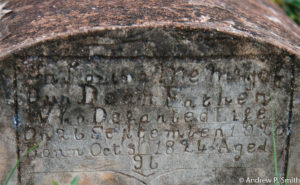
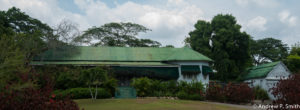
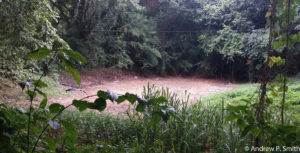
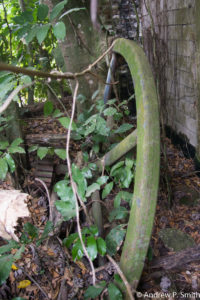
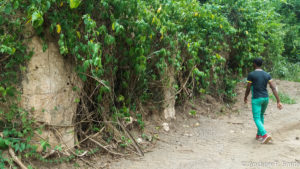
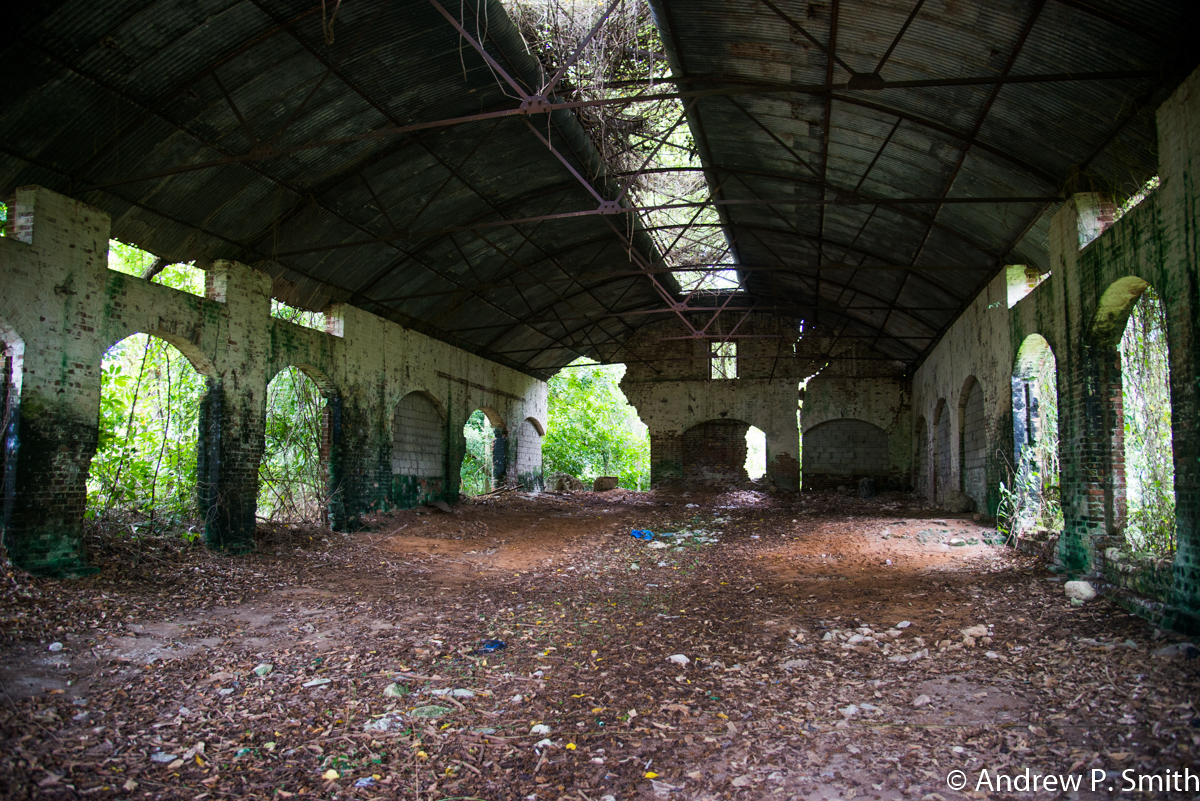
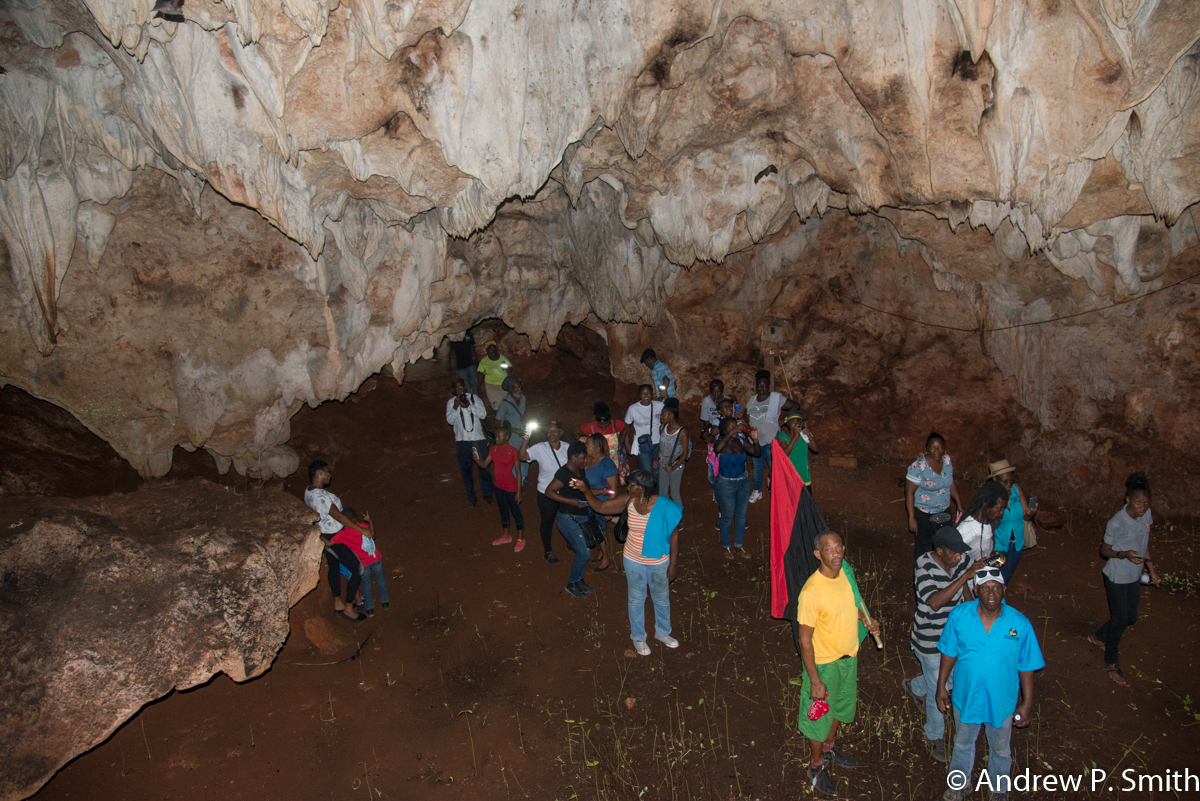
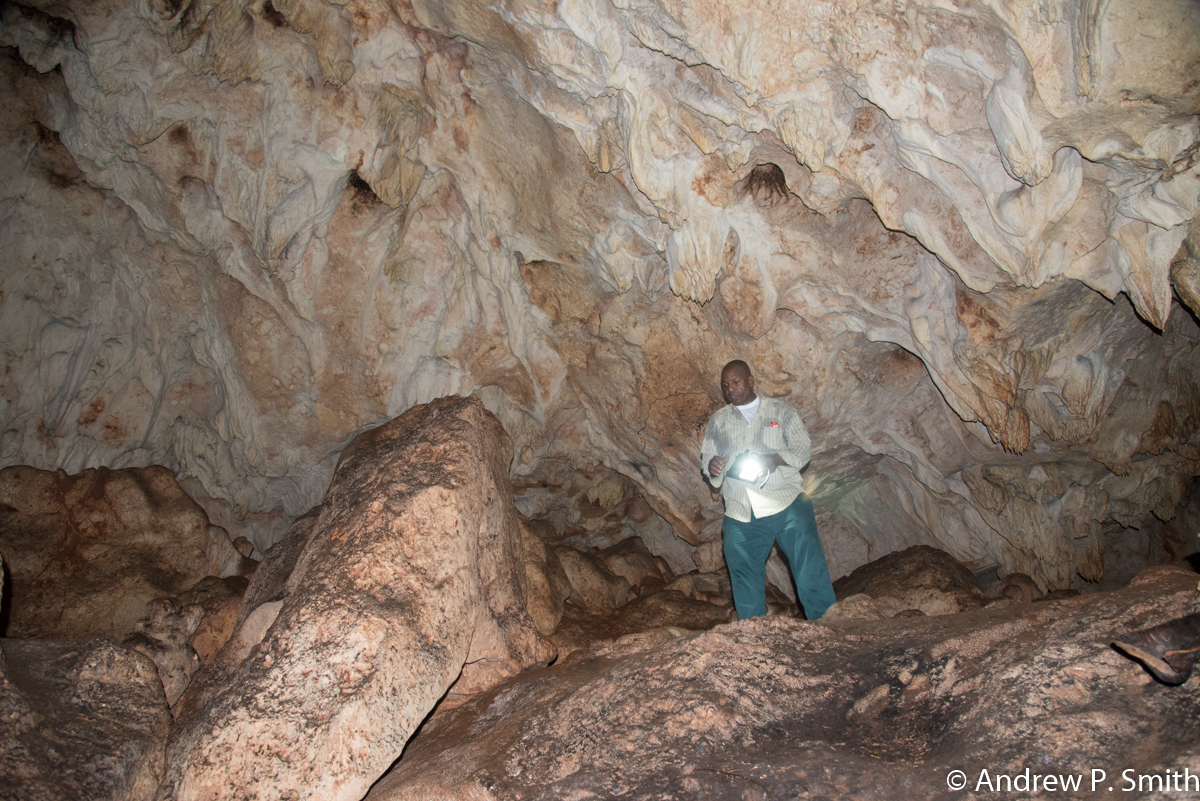
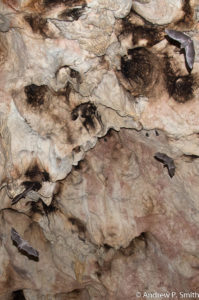
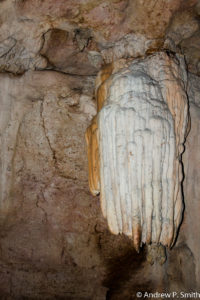
Very interesting and informative, Jamaica history. Looking forward to seeing more visitors coming to come and visit these sites and learn about our rich history.